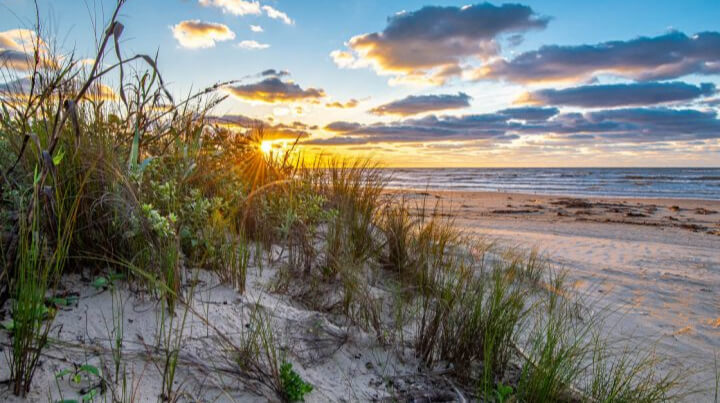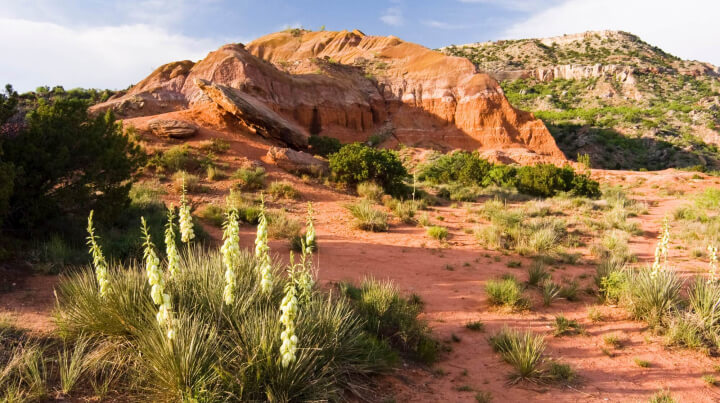Texas A&M Forest Service Nature Challenge


Tracking the Tides
Visit a Texas beach and mark the highest point the waves reach in the sand using a stick or a line of shells. Come back a few hours later—has the water moved? Is the tide higher or lower? If you can, visit at different times of day to see how the tides change! Think about what might cause the water to rise and fall—what role do the moon and wind play?
Science Seed: The ocean is always moving, and tides—caused by the gravitational pull of the moon and sun—shape Texas’s coastline every day. When the tide rises, water moves farther up the shore, creating new feeding and nesting areas for coastal wildlife like crabs, shorebirds, and fish. When it recedes, it reveals tide pools and sandbars teeming with marine life. Wind and storms can also push water higher than usual, reshaping beaches and dunes over time. Studying tides helps us understand these natural patterns and how they affect the animals, plants, and people who rely on the ocean.
Buy real badges: https://familiesinnature.org/shop/#!form/Shopping
Details

|
|
|
|

This Challenge is for:
- All Ages
- Formal Educators
- Informal Educators
Challenge Topics:
- Conservation/Environmental Education
- Environmental Systems and Cycles
This Challenge is accessible for:
- People with Visual Impairments
- People with Hearing Impairments
- People with Mobility Impairments
- People with Developmental Impairments
- People with Sensory Sensitivities
Don’t forget your...
- Stick
- Shells
To complete this challenge
Step one
1. Find a Texas Beach

Visit a local beach along the Texas coast, such as Galveston or South Padre Island.
Step two
2. Mark the Highest Tide

Use a stick, shell line, or other materials to mark the highest point the waves reach in the sand.
Step three
3. Observe Changes

Come back a few hours later to see if the tide has risen or fallen. Compare the high tide mark to see how the water has moved.
Step four
4. Track Tides at Different Times

If possible, visit the beach at different times of day to observe how tides change with the sun and moon.
Step five
5. Reflect on Tidal Movements

Think about what might cause the water to rise and fall, such as the moon’s gravity or wind. Consider how this affects wildlife and the landscape.
Step six
6. Earn Your Badge

Share your observations about the tides, what causes them, and how they impact coastal ecosystems.
Step seven
Earn your badge!

Gallery
There aren't any images in the gallery.
Texas A&M Forest Service and cooperators collectively known as “Nature Challenge” have not inspected the physical locations of challenges. No warranty of safecondition, or fitness for particular use is granted by Nature Challenge. Nature Challenge has not vetted whether the challenges, as formatted by the Provider, is safe. Anyone performing this challenge will be doing so at their own risk.








